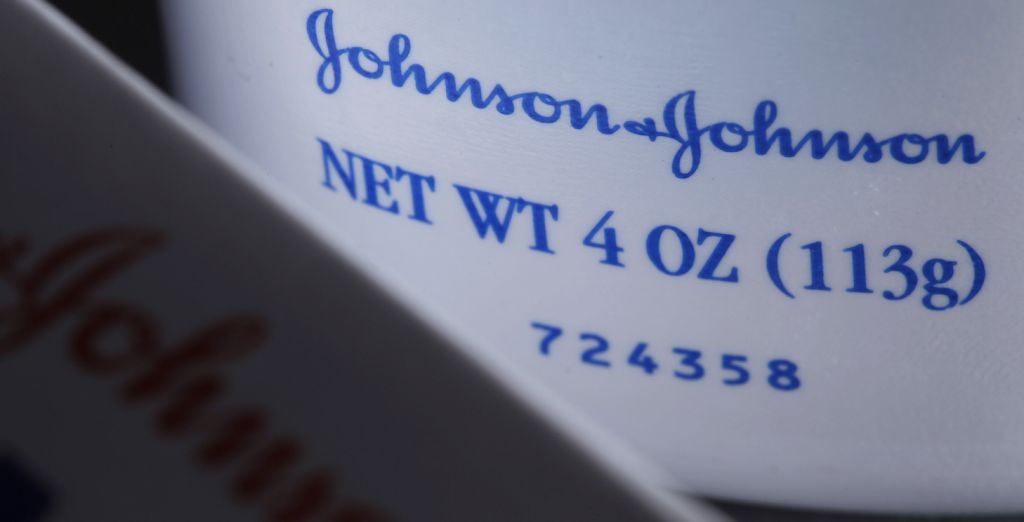Johnson & Johnson Knew About Talcum Powder Cancer Risks
Just as we wrote about not too long ago, Johnson & Johnson have known about the link between talc and cancer since the 1970s- that’s 40 years. In that time, rather than make the public aware- instead of letting their customers know- they have chosen to lie, withhold, and distort the research about the talcum-cancer connection. But that lie was exposed recently when jurors awarded the second plaintiff to sue them, with another 8-figure verdict.
Gloria Ristesund was diagnosed with cancer in 2011 after using J&J’s talc-based feminine hygiene products for almost 40 years (talc was found in her ovarian tissue after a hysterectomy). And Jacqueline Fox, who was diagnosed with ovarian cancer in 2013 and died last year, used Johnson’s baby powder for 35 years. Jim Onder, lawyer for both the women, has charged that both the company, and its lobby the Talc Interested Party Task Force (TIPTF- whose stated purpose is to defend talc use and to prevent regulation of any type in the industry), knew that its talc-based Baby Powder and Show to Shower Powder caused ovarian cancer. In fact, the plaintiffs claim that J & J and the TIPTF have distorted scientific papers to prevent talc from being classified as a carcinogen, for decades.
- In 1971 study conducted conducted by Dr. W.J. Henderson and others in Cardiff, Wales, suggested an association between talc and ovarian cancer.
- In 1982, the first epidemiologic study was performed on talc powder use in the female genital area. Conducted by Dr. Daniel Cramer and others, the study found a 92% increased risk in ovarian cancer with women who reported genital talc use.
- Since then, there have been approximately 22 additional epidemiologic studies providing data regarding the association of talc and ovarian cancer. Nearly all of these studies have reported an elevated risk for ovarian cancer associated with genital talc use in women.
- In 1993, the US National Toxicology Program (NTP) published a study on the toxicity of non-asbestos form talc and found clear evidence of carcinogenic activity. Talc was found to be a carcinogen, with or without the presence of asbestos-like fibers.
From the Huffington Post article:
“According to the womens’ lawsuit, TIPTF hired scientists to perform biased research regarding the safety of talc. Members of TIPTF edited scientific reports of the scientists it hired prior the submission of these scientific reports to governmental agencies. Members of TIPTF released false information about the safety of talc to consumers, and used political and economic influence on regulatory bodies throughout the 1990s.
In 2005 TIPTF agreed to edit and delete portions of scientific papers being submitted on their behalf to the NTP, and threatened to sue the NTP in an attempt to prevent talc from being classified as a carcinogen.”
Then, in 2006, the Canadian government classified talc as a “D2A,” “very toxic,” “cancer causing” substance (for reference, asbestos is also classified as “D2A”).
That same year, J&J’s talc supplier, Imerys Talc, started putting warning sheets on the talc it sold. The sheets not only provided the warning information from the International Association for the Research of Cancer (a wing of the WHO) but also included the Canadian governments warning. However, to date, J & J still doesn’t pass this life saving information on to its customers. Shame, shame, shame.
We are so thankful that this information is continuing to come out and that in some small part, at least small right now, Johnson & Johnson is having to pay for what they’ve done to people.
Take care everyone. Read the labels on everything you put on or in your body. If you don’t know what it is, look it up. We love the Environmental Working Group, their site is super helpful.
Source: Huffington Post












